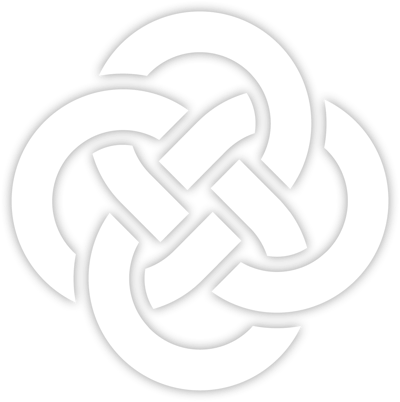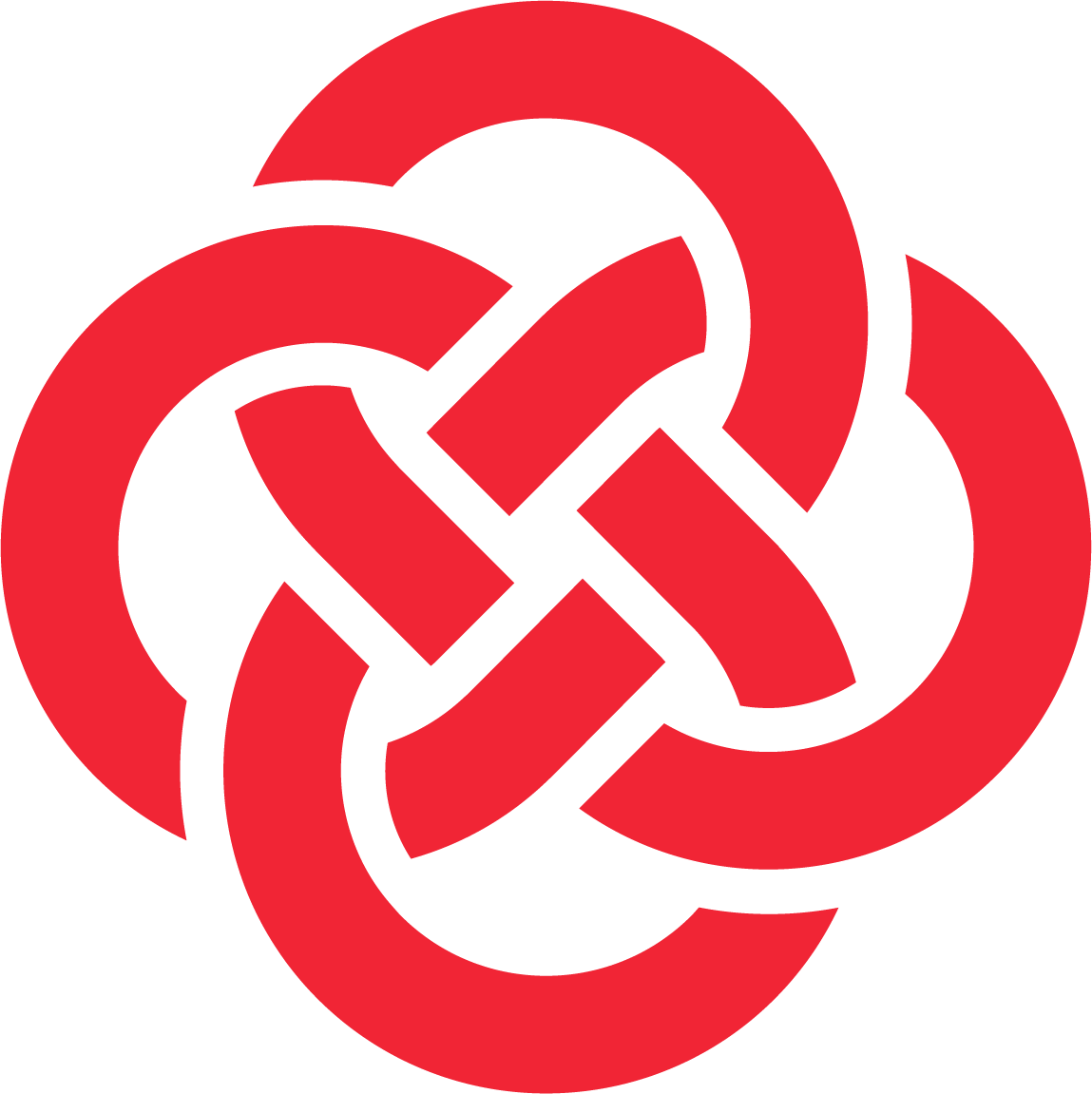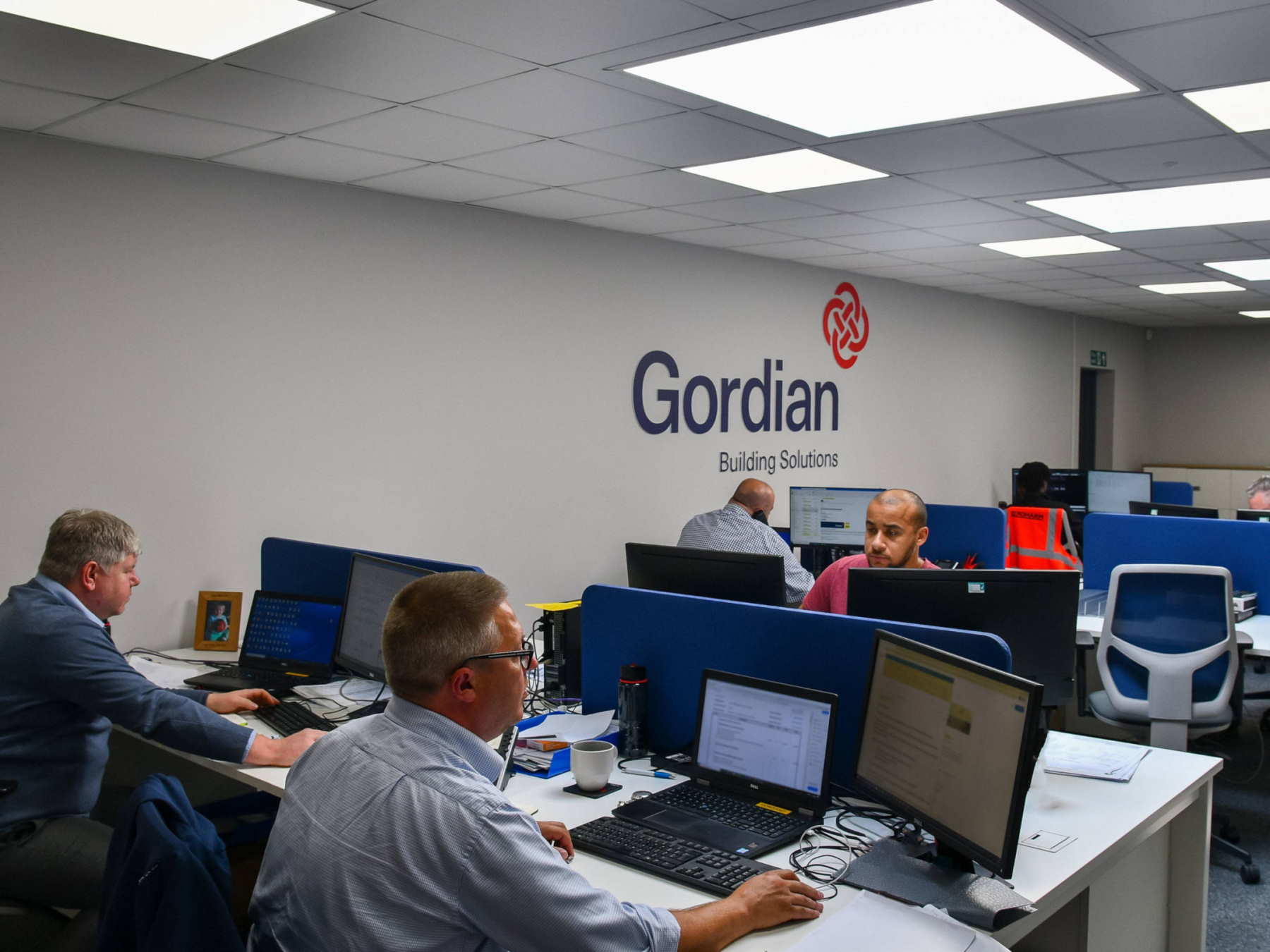Standing Seam Roofing
Standing seam roofing systems have established a reputation for unwavering performance, garnering widespread adoption in both public and private sectors across the UK for over three decades. Their distinctive raised seam design not only safeguards against water intrusion but also elevates the roof’s aesthetic appeal.





